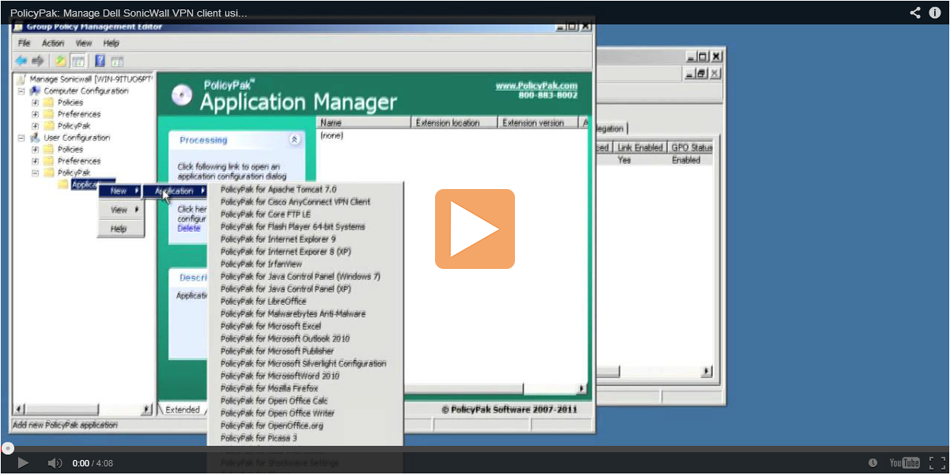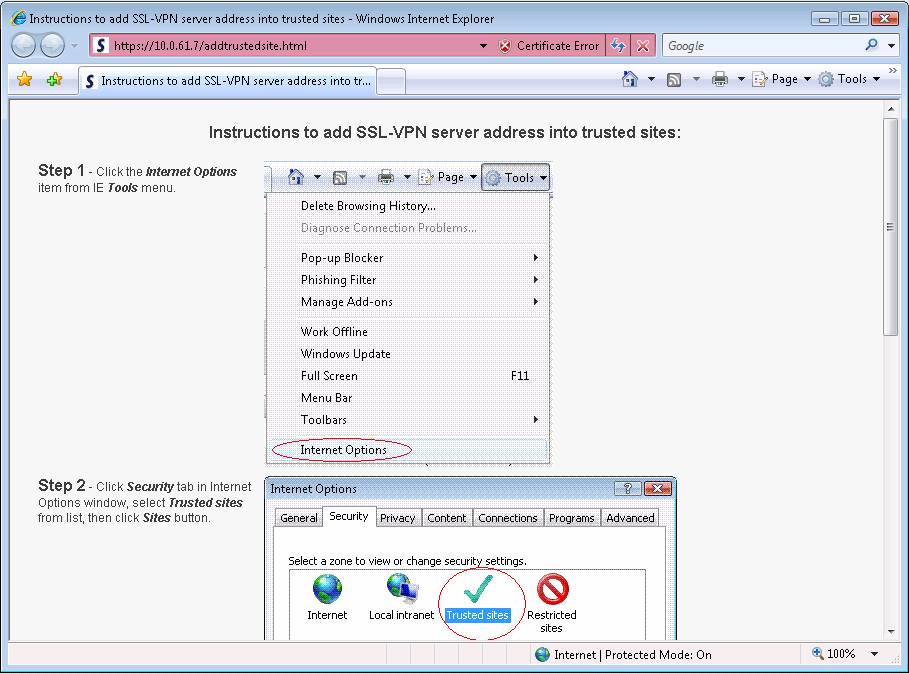
Dell SonicWALL’s SSL VPN features provide secure remote access to the network using the NetExtender client. If you have issues, please create a support ticket and include what specific issues you have.This chapter provides information on how to configure the SSL VPN features on the Dell SonicWALL security appliance.You can now access the office resources as needed/instructed. If the connection was successful, you will be notified that you are successfully connected.That code expires within less than 1 minute.

If you see that popup asking you for the One Time Password- make sure to enter it ASAP.
You might need to check your Email account for a one-time password that the system Emailed you. If you don’t know this information, please contact us or reach out to your office manager/in-house IT engineer. You’ll be asked for your SERVER, USERNAME, PASSWORD and DOMAIN. After the computer rebooted, you’ll find the new SonicWall NetExtender icon on your computer’s desktop. Do not try to run the program before you reboot your computer! Reboot the computer at the end of the installation. Accept all the default values and all the positive answers (I agree, Yes, Accept, Continue…). 
Please locate that downloaded file and run it.
The latest version of this program will be downloaded to your computer. Go to this website:, and download the NetExtender for Windows:. 
We found that if you reboot BEFORE and also AFTER the installation of this program- there are less chances of issues/failures. Some variations of this SonicWALL VPN software might be named “SonicWALL Global VPN connection” or “Dell SonicWALL NetExtender” etc. You can go to your START menu, and search for “Add or Remove programs” to see the list of installed/existing programs. Make sure you remove any existing “SonicWALL VPN” software from your computer, before proceeding.







 0 kommentar(er)
0 kommentar(er)
